The History and Evolution of Engagement Rings
Engagement rings have become a symbol of love and commitment between two people, representing the promise of marriage. The tradition of exchanging engagement rings dates back centuries, and the design and significance of these rings have evolved over time.
What are Engagement Rings?
Engagement rings are typically given by one partner to another as a symbol of their commitment to getting married. The ring is usually worn on the fourth finger of the left hand, known as the ring finger, as it was believed that a vein in this finger led directly to the heart.
Engagement rings can come in a variety of styles, from simple and classic solitaire settings to more elaborate designs featuring diamonds or other gemstones. They can also be made from a variety of metals, including gold, platinum, and silver.
The history of engagement rings is rich and varied, with different cultures and traditions influencing the design and significance of these rings. Understanding the history and evolution of engagement rings can help us appreciate the meaning and significance behind this timeless symbol of love and commitment.
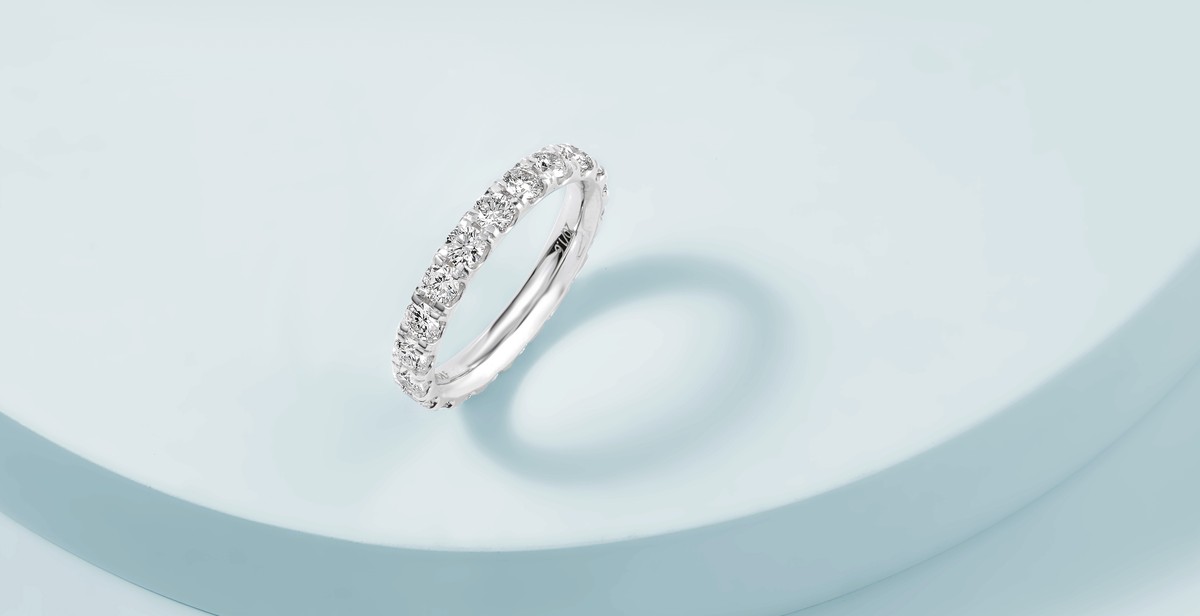
Early History of Engagement Rings
The tradition of presenting an engagement ring to a partner before marriage has been around for centuries. The early history of engagement rings can be traced back to ancient civilizations such as the Egyptians and Romans.
Ancient Egyptian Engagement Rings
The ancient Egyptians were one of the first civilizations to use engagement rings. They believed that the circle symbolized eternity and the ring represented a bond that could not be broken. The Egyptians used simple bands made of reeds, leather, and bone to signify their engagement.
As time passed, the Egyptians began to use more precious materials such as gold and silver. These rings were often adorned with intricate designs and precious stones. The use of precious stones was not just for decoration, but also for their perceived magical properties. The Egyptians believed that certain stones could bring good luck and ward off evil spirits.
Roman Engagement Rings
The ancient Romans also used engagement rings, but for them, it was more of a legal contract than a symbol of love. In Roman times, the betrothal ring was given as a sign of a legal agreement between two families. The ring was often made of iron and was meant to be worn on the left hand, which the Romans believed contained a vein that ran directly to the heart.
As the Roman Empire grew richer, engagement rings became more elaborate. The rings were made of gold, silver, or bronze and often featured intricate designs and precious stones such as diamonds, emeralds, and sapphires.
| Early History of Engagement Rings | |
|---|---|
| Ancient Egyptian Engagement Rings | Roman Engagement Rings |
The early history of engagement rings shows that the tradition of presenting a ring to a partner before marriage has been around for centuries. From simple reed bands to elaborate gold and diamond rings, engagement rings have evolved over time to become the symbol of love and commitment that we know today.
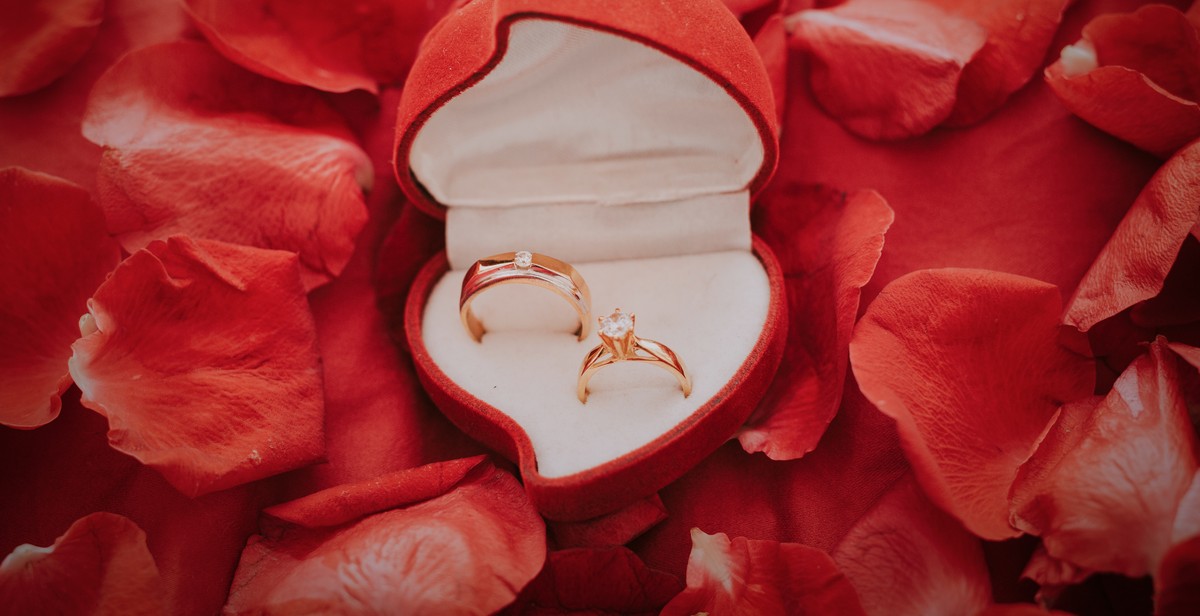
Medieval and Renaissance Era Engagement Rings
The medieval and Renaissance periods were marked by the rise of romanticism, which was reflected in the design and symbolism of engagement rings. During this time, engagement rings were more commonly known as posy rings or gimmel rings, which were exchanged as tokens of love and commitment.
Posy Rings
Posy rings were popular in the 16th and 17th centuries, and were inscribed with romantic verses or poems. These rings were usually made of gold or silver, and were given as gifts to signify love and devotion. The term “posy” comes from the French word “poésie” which means poetry.
The inscriptions on posy rings were often written in Old English script, and were meant to be read by the wearer as a reminder of their loved one’s affection. Some common inscriptions included “Let love abide,” “God above increase our love,” and “As God decreed so we agreed.”
Gimmel Rings
Gimmel rings, also known as “twin rings,” were popular during the Renaissance era. These rings consisted of two or three interlocking bands that were worn by the couple as a symbol of their commitment to each other. The word “gimmel” comes from the Latin word “gemellus,” which means twin.
When the couple became engaged, each partner would wear one of the bands, and when they were married, the bands would be interlocked to form a single ring. The interlocking bands were seen as a symbol of the couple’s unity, and the rings were often engraved with romantic phrases or symbols.
| Posy Rings | Gimmel Rings |
|---|---|
| Popular in the 16th and 17th centuries | Popular during the Renaissance era |
| Inscribed with romantic verses or poems | Consisted of two or three interlocking bands |
| Meant to be read by the wearer as a reminder of their loved one’s affection | Interlocking bands were seen as a symbol of the couple’s unity |
Overall, posy rings and gimmel rings were important symbols of love and commitment during the medieval and Renaissance periods. These rings were often inscribed with romantic verses or symbols, and were exchanged as tokens of affection between couples.
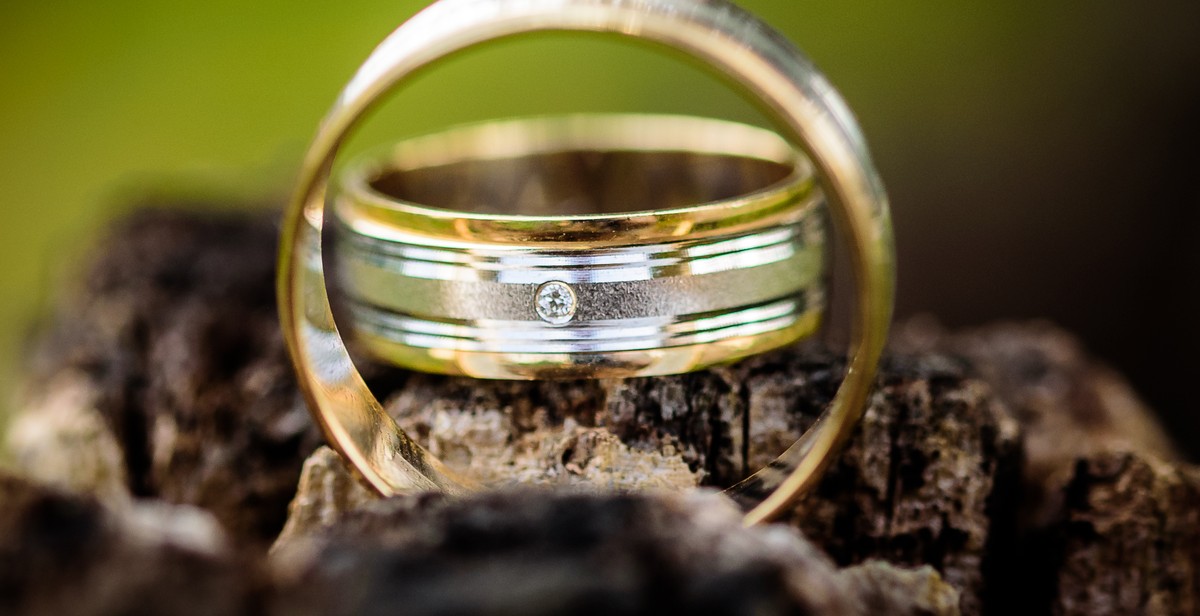
Victorian Era Engagement Rings
The Victorian era lasted from 1837 to 1901 and was a time of great prosperity and luxury, especially in the world of jewelry. Engagement rings from this period are known for their intricate designs and use of precious gemstones.
Cluster Rings
Cluster rings were a popular style during the Victorian era. These rings featured a central gemstone surrounded by smaller stones, often arranged in a flower or starburst pattern. Diamonds were the most common choice for the central stone, with colored gemstones like rubies and sapphires used for accent stones.
The use of smaller stones allowed jewelers to create intricate and detailed designs, often incorporating filigree and other decorative elements. These rings were often given as engagement rings, symbolizing the unity and interconnectedness of the couple.
Snake Rings
Snake rings were another popular style during the Victorian era. These rings featured a coiled snake with its tail in its mouth, symbolizing eternal love and commitment. Snake rings were often set with diamonds or other precious stones, and were a popular choice for engagement rings.
The use of snake imagery in jewelry was common during this time period, as it was seen as a symbol of rebirth and transformation. The serpent’s ability to shed its skin and emerge renewed was seen as a metaphor for the transformative power of love.
Conclusion
The Victorian era was a time of great innovation and creativity in the world of jewelry, and engagement rings from this period are still highly sought after today. Cluster rings and snake rings are just two examples of the many beautiful and unique styles that emerged during this time, and continue to inspire jewelers and couples alike.
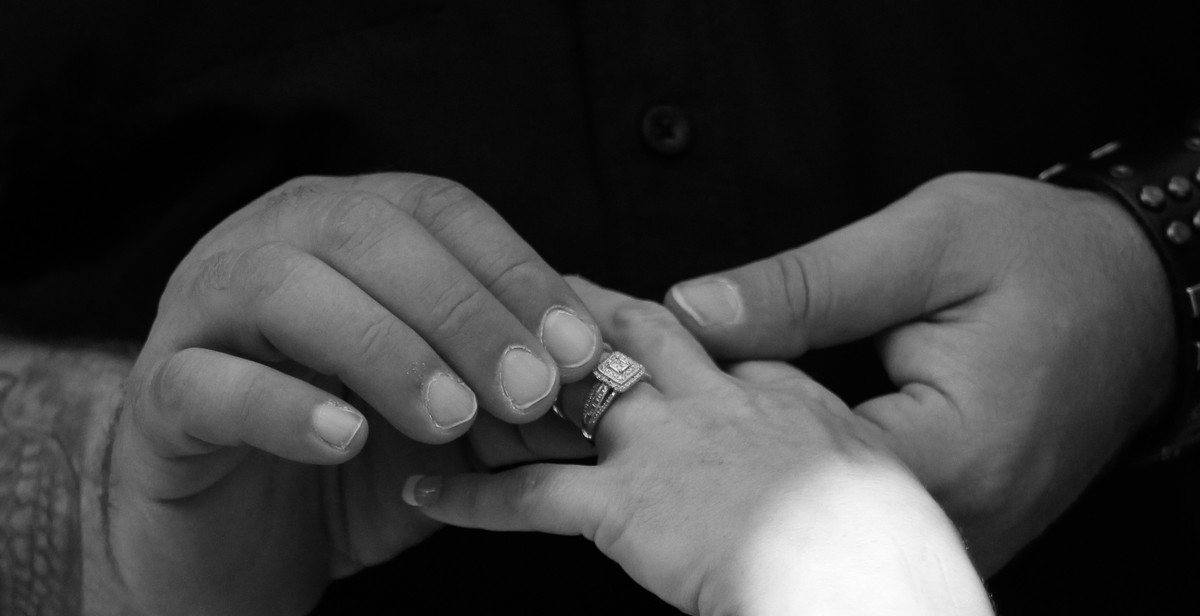
Modern Era Engagement Rings
The modern era of engagement rings began with the introduction of the Tiffany Setting in 1886. Created by Charles Lewis Tiffany, the founder of Tiffany & Co., the Tiffany Setting featured a six-prong setting that elevated the diamond above the band and allowed more light to enter the stone, enhancing its brilliance and fire. The Tiffany Setting quickly became popular and is still one of the most recognizable engagement ring styles today.
Three-Stone Rings
In the early 2000s, three-stone engagement rings became a popular alternative to the traditional solitaire. Three-stone rings feature a center diamond flanked by two smaller diamonds or other gemstones. The three stones are said to represent the past, present, and future of a couple’s relationship. The most famous three-stone engagement ring is the one given by Prince Harry to Meghan Markle, which features a center diamond from Botswana and two smaller diamonds from Princess Diana’s personal collection.
Three-stone rings can also be customized to have different gemstones or diamond shapes, making them a versatile option for couples who want a unique engagement ring. They are also a great choice for those who want a larger overall carat weight without breaking the bank, as two smaller diamonds can be more affordable than one large center diamond.
Conclusion
The modern era of engagement rings has brought us iconic designs like the Tiffany Setting and popular alternatives like three-stone rings. Whether you prefer a classic solitaire or a more unique style, there is an engagement ring out there for every taste and budget.
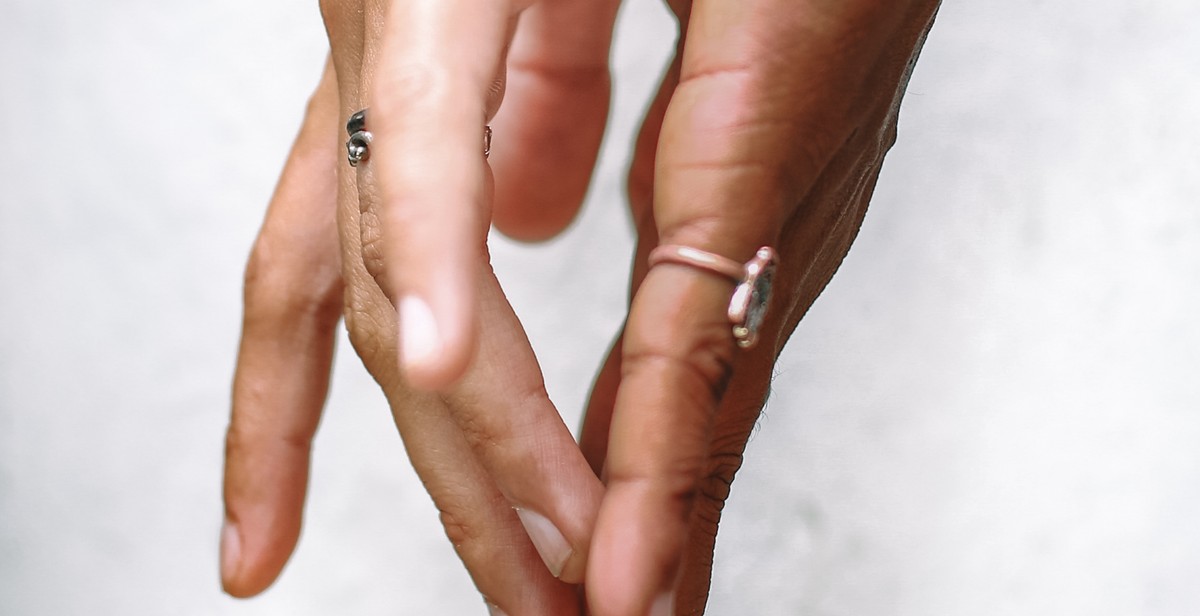
Conclusion
In conclusion, the history and evolution of engagement rings is a fascinating journey that spans thousands of years and has seen a great deal of change and innovation. From simple bands made of grass and reeds to elaborate diamond rings, engagement rings have come a long way.
Throughout history, engagement rings have symbolized love, commitment, and loyalty. They have been used to seal political alliances, declare love, and mark important milestones in people’s lives. Today, engagement rings continue to be an important part of our culture and are often seen as a symbol of true love and devotion.
As we move forward into the future, it will be interesting to see how engagement rings continue to evolve and change. With new materials, designs, and technologies emerging all the time, the possibilities are endless.
Key Takeaways
- The history of engagement rings dates back thousands of years
- Engagement rings have been used to symbolize love, commitment, and loyalty throughout history
- The tradition of giving engagement rings as a prelude to marriage dates back to ancient Rome
- The diamond engagement ring became popular in the 20th century thanks to a clever marketing campaign by De Beers
- Today, engagement rings continue to be an important part of our culture and are often seen as a symbol of true love and devotion
References
| Source | Link |
|---|---|
| The Knot | https://www.theknot.com/content/history-of-engagement-rings |
| Brilliant Earth | https://www.brilliantearth.com/history-of-engagement-rings/ |
| Time | https://time.com/3702596/history-of-engagement-rings/ |
These sources were used to research and write this article.

